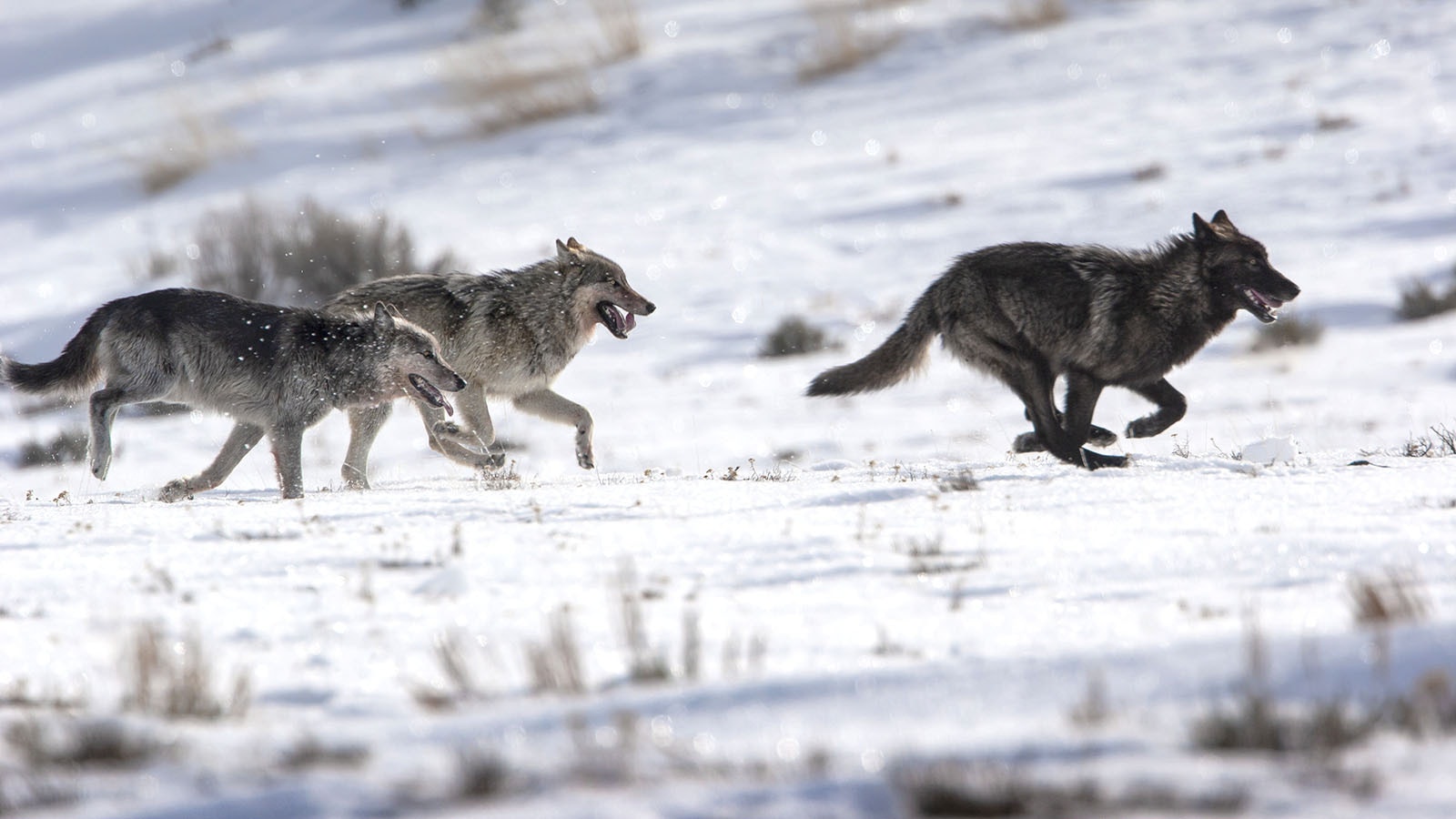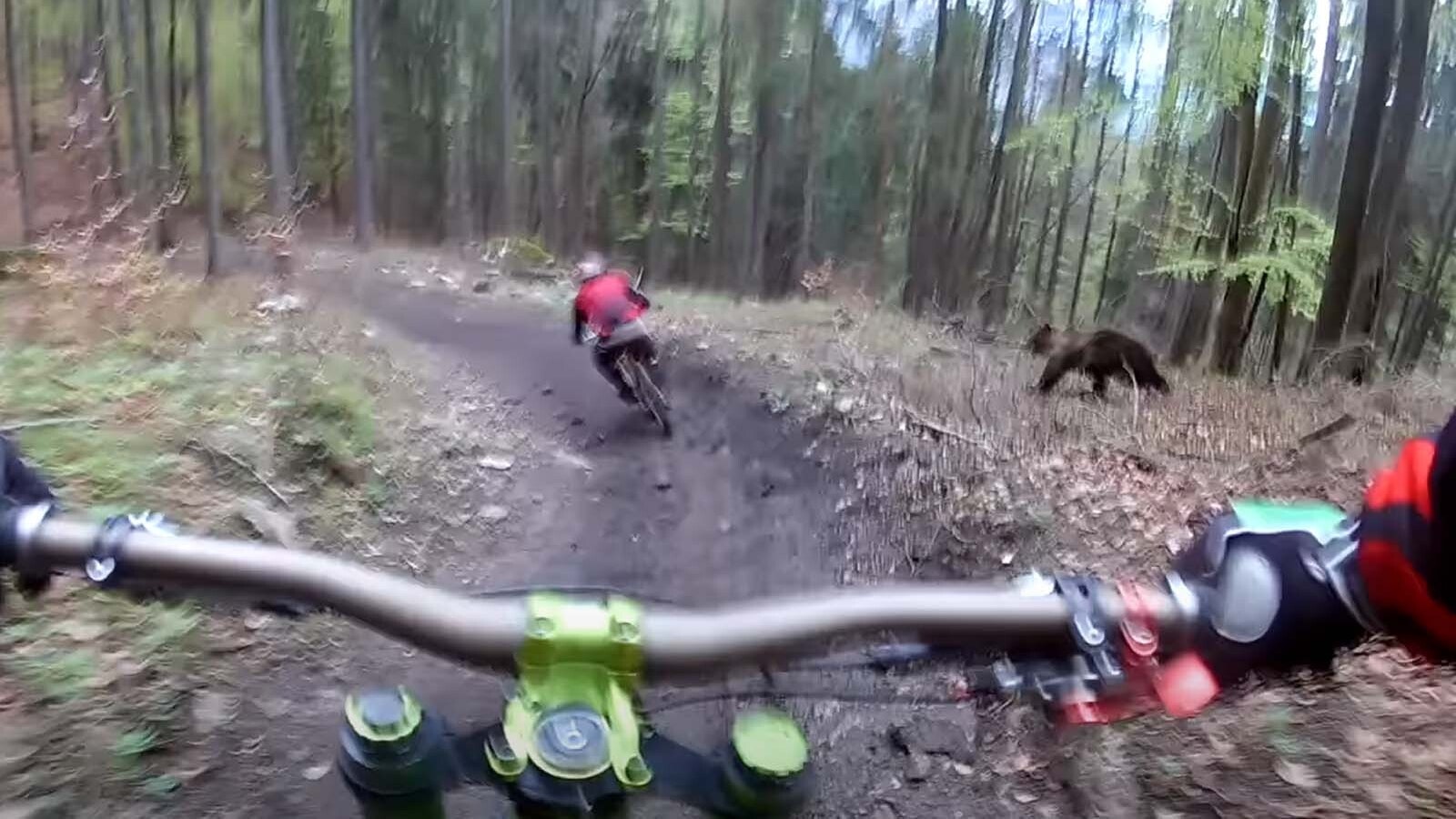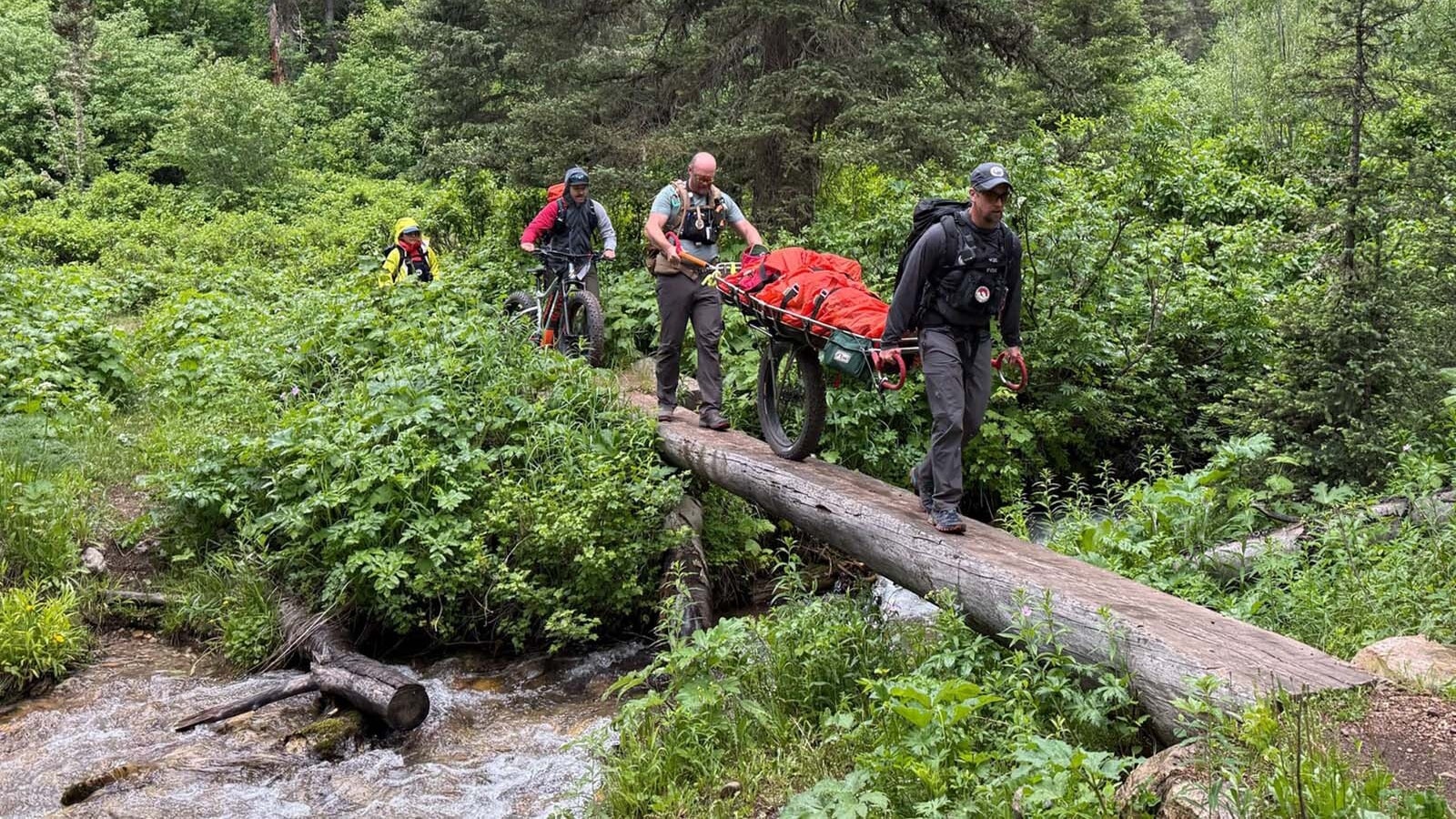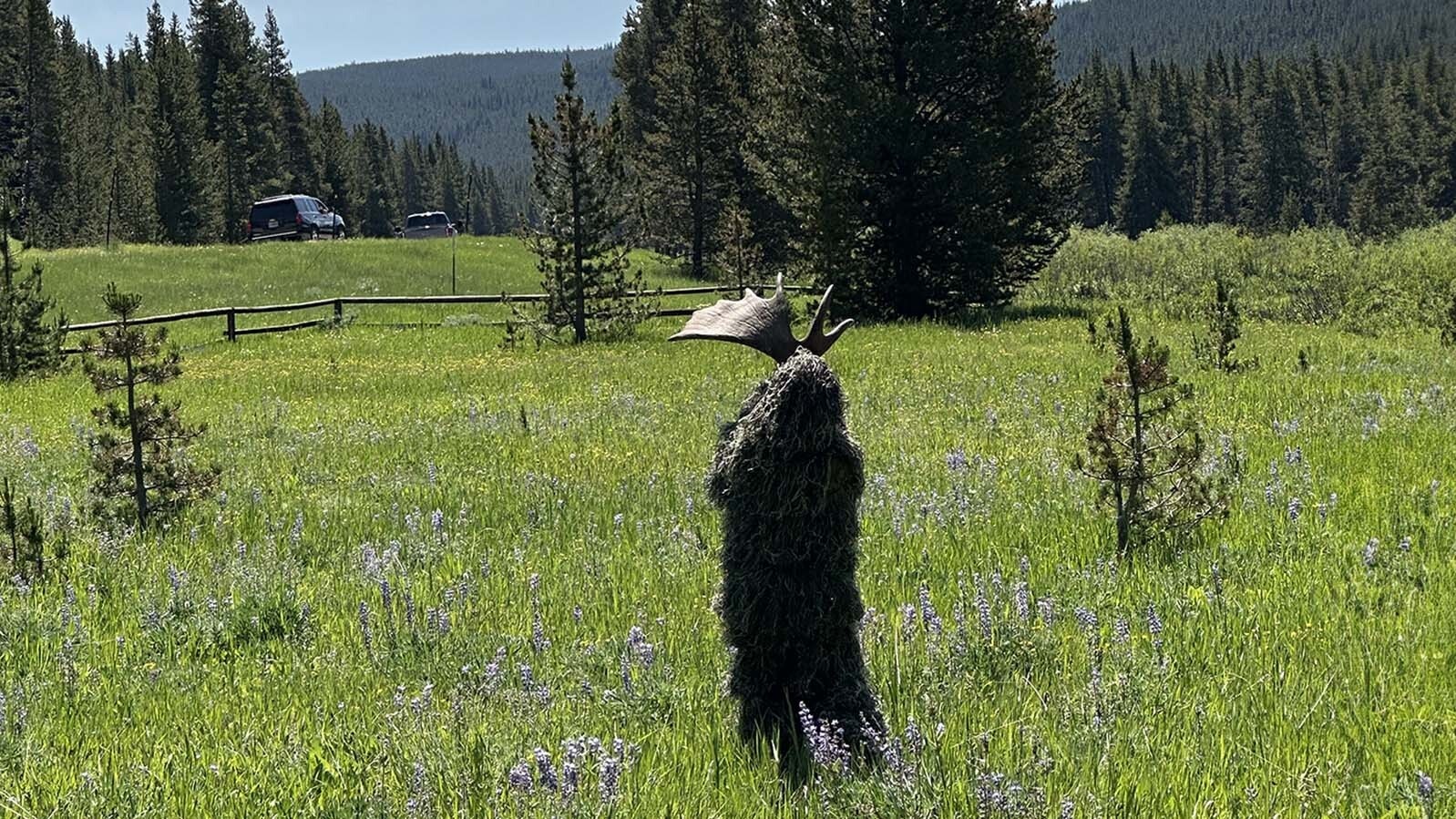With wolves from Oregon set to be released in northwest Colorado this month, some ranchers on both sides of the Wyoming/Colorado border are bracing for what they think will be bad outcomes, including losses to big game herds and possibly an existential threat to smaller endangered Mexican wolves.
“Everybody’s concerned,” Wyoming rancher Pat O’Toole told Cowboy State Daily. The wolf reintroduction “is a complete failure of any semblance of management and it is an example of the agenda of the governor of Colorado.”
O’Toole’s family runs the Ladder Ranch, which straddles the Wyoming-Colorado state line roughly 50 miles north of Steamboat Springs, Colorado.
Howard Cooper’s family ranches in the Meeker, Colorado, area adjacent to the Flat Tops Wilderness. He questions the necessity of bringing wolves into Colorado when they are already thriving in other states.
What’s more, larger gray wolves pushing south in Colorado could threaten Mexican wolves, of which only 241 remain in the wild in Arizona and New Mexico, Cooper told Cowboy State Daily.
“They gray wolf is already in Wyoming. It’s already in Montana. It’s already in Idaho and all across Canada,” he said. “Why bring it here and threaten the last 241 Mexican wolves?”
Wolves From Oregon Set To Arrive
Colorado’s wolf reintroduction program was initiated by Proposition 114, which Colorado voters passed in 2020 by the slimmest of margins, 50.91% to 49.09%.
The program sets a Dec. 31 deadline to begin the first round of wolf releases, which will continue through March.
The long-term goal is to transfer 30-50 wolves to Colorado over the next three to five years.
Wyoming and other neighboring states refused to provide wolves for Colorado’s reintroduction program. Oregon earlier this year agreed to give 10 wolves for the initial releases into Colorado.
The release program is still on schedule, according to the Colorado Department of Parks and Wildlife (CPW).
Wolves will be released on private and state land in northwest Colorado, at least 60 miles away from Colorado’s borders with Wyoming and Utah. A similar buffer zone will be established between the release sites and sovereign Native American tribal lands, according CPW’s wolf restoration and management plan document.
“Releases will occur on state or private lands. The plan does not currently contemplate releases on Federal lands because CPW does not have the staffing or financial resources to undertake the required National Environmental Policy Act (NEPA) analysis prior to any federal land management agency authorizing releases on federal lands,” the document states.
Game Herds Have Already Had Enough
Big game herds on both sides of the Wyoming-Colorado line are still reeling from massive winterkill losses after a brutal winter in 2022-2023, O’Toole said.
“We are so out of balance in the predator world at a time when our wildlife has been decimated by what happened last winter,” he said. “We’ve got to pay serious attention to how we bring this wildlife back and we can’t do that by bringing back more predators.”
What’s more, there are already at least a few wolves in the general area, including near Encampment in Wyoming, O’Toole said.
“There’s wolves here, everybody knows that. They’ve been here longer than we think,” he said.
Wolf policy is completely different on either side of the state line. In Colorado, wolves will remain a protected species. On the Wyoming side, wolves are in a free-fire zone, where they can be shot on sight with no season or bag limit restrictions.
As to worries that Wyoming people with a dislike for wolves will lure them across the state line to shoot them, O’Toole said that’s a moot point. Wolves, like all other wildlife, will simply cross on their own, he said.
“The elk, the deer and everything else is already crossing back and forth across the state line. Wolves will just follow them,” he said.
Adequate Compensation?
Colorado has plans in place to compensate ranchers who lose livestock or working livestock dogs to wolves.
However, O’Toole and Cooper wonder if that will be adequate.
“Once wolves find a place where they can start killing livestock, they’ll keep killing until they’re stopped,” O’Toole said.
Cooper said compensating for only a specific livestock animal killed by wolves doesn’t take into account ranchers’ long-term losses.
For example, if wolves kill a fertile cow, the rancher hasn’t lost just that cow, but any calves she might have produced over the coming years, he said.
Wolves could also threaten the health of domestic dogs by bringing in different species of tapeworms and canine diseases into Colorado’s ecosystem, Cooper said.
Smaller Mexican Wolves In Peril?
Cooper said he’s especially concerned about what the arrival of gray wolves in Colorado could mean for smaller Mexican wolves.
Gray wolves aren’t truly endangered, but the 241 remining Mexican wolves are, he said. Mexican wolves are struggling to regain their natural habitat in Arizona and New Mexico, and might start filtering into Colorado from the south, he said.
Mexican wolves are now about 40 miles from the Colorado border, Cooper said. They are a smaller subspecies, about 50-80 pounds, compared to gray wolves, which can reach up to 170 pounds or more.
It’s probably only a matter of time before the larger wolves push south and start threatening the Mexican wolves, possibly through interbreeding, Cooper said.
“Once they start interbreeding, it’s done,” he said. “Once the last pure Mexican wolf is gone, it’s gone.”
Mark Heinz can be reached at mark@cowboystatedaily.com.





